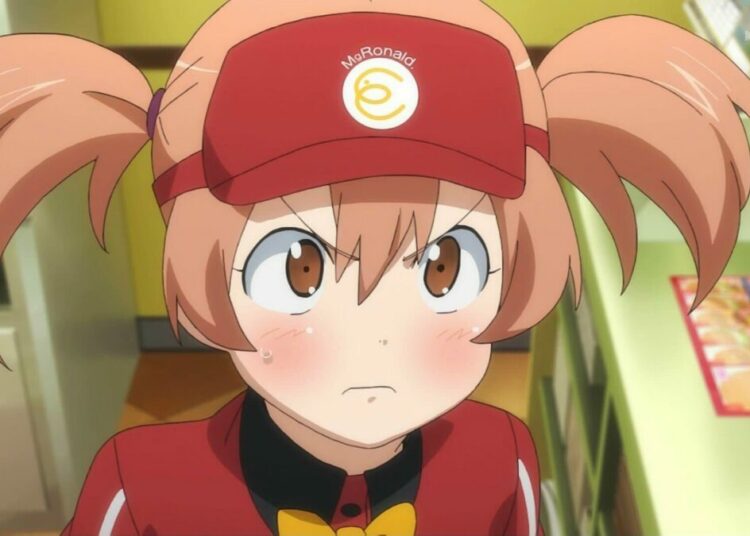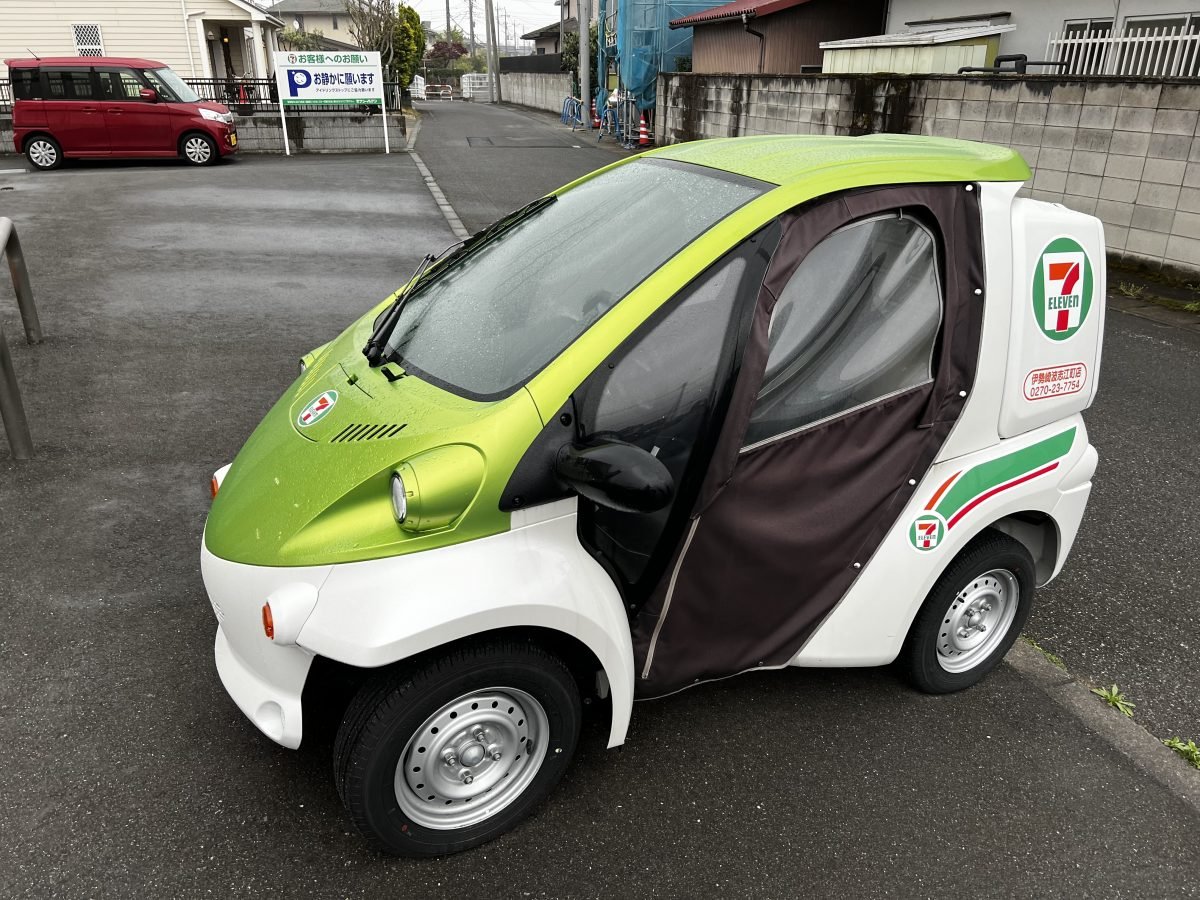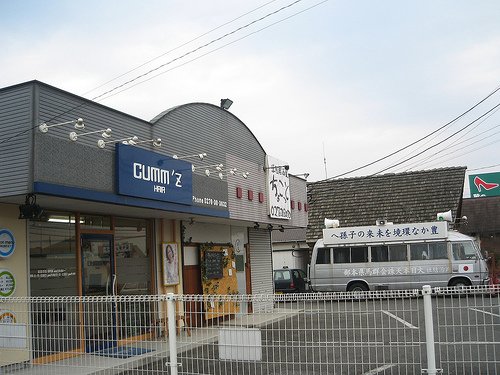One thing I like about learning another language is the understanding you get of how your own brain works, not unlike reverse-engineering the firmware in a cool techno gadget. One area that interested me was analyzing how new words or grammatical concepts were internalized in my mind. Back in my SDSU days, I distinctly remember struggling to memorize the word “soto” (soh-toh), meaning “outside.” I’d stare at the word for several seconds, saturating my short-term memory as I waited for my long-term memory to grab the word, but it just wasn’t working. Next I wrote the word 20 times, always a good way to memorize information, and even created a mnemonic picture for myself, imagining a Chrysler DeSoto outside a window (stupid, but it worked). The final step in mastering the new concept was using it and getting feedback from Japanese speakers — often negative feedback when I’d use the word in a spectacularly wrong way, but that’s still okay. It’s like your mind is a network of cobwebs, and in order to secure a piece of knowledge inside so it won’t fall out you have to attach it to the network with threads from several different directions, which oddly is pretty much what happens on a synaptic level inside your brain.
Sometimes it’s fun to look back on how things have changed since I came to Japan in 1991. The Tokyo land bubble had just burst but the shock hadn’t trickled down very far yet, and businesses still seemed to be in “bubble mode” — on my first trip to Tokyo Disneyland, for example, I went into an ice cream shop and was surprised to see no less than eleven employees waiting to serve me ice cream even though I was the only customer in the place. In retrospect, the off-and-on recession years of the 1990s were really good for Japan, forcing it to adopt a “reality based” approach to its economy which is bringing benefits now. When I first came here, Japan was a very closed place, truly an island nation, where common brands like Coca-Cola and Budweiser seemed downright exotic because there were so few other foreign products around, but there’s a lot more choice now. By far the biggest change in life in Japan has been the arrival of that newfangled Internet thing you’ve been hearing so much about. Back in the day, it cost $4 a minute to call home, so I learned to talk fast, but in the age of broadband and Skype, Japan doesn’t seem like such a far-away place anymore.
here.















